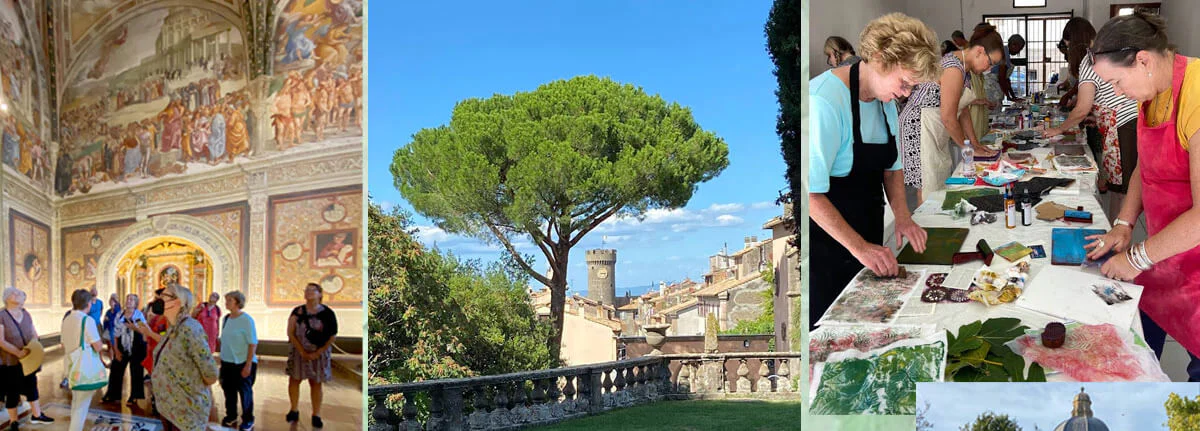
Explore the World with Judy!
During an Artistic Artifacts Travel Creative Retreat with Judy Gula, enjoy a vacation filled with art classes, tours, wonderful cuisine and more!

Explore the World with Judy!
During an Artistic Artifacts Travel Creative Retreat with Judy Gula, enjoy a vacation filled with art classes, tours, wonderful cuisine and more!